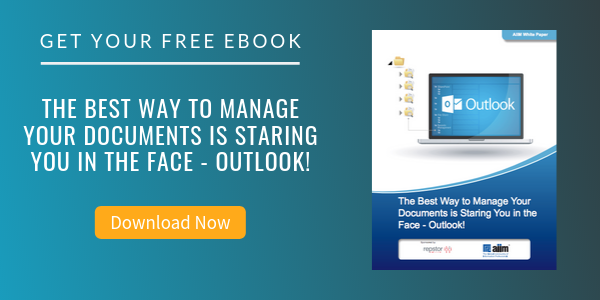
8 Steps You Can Take to Better Manage Your Inbox
-
Close your email client.
The vast majority of us keep our email client open all day long, just in case an important message comes in. This leaves us vulnerable to distraction every time a message comes in, whether it's that important note from the boss, an invitation to a webinar that may or may not be of interest, or an update on next week's potluck.
-
Set specific times to check your email.
Some argue NOT to check your email first thing in the morning - because you'll look up and find you've already wasted hours on it. Others insist they have to check it first in case something urgent came up overnight. Regardless, by setting up times and adhering to them, you'll significantly reduce the distraction of email.
-
Reduce colleague spam, both what you send and what you receive.
This means paying attention to the CC: and especially BCC: functionality. Consider whether someone really needs to be informed of the contents of the message or if it's just an exercise in covering yourself. This is especially true when it comes to the "Reply All" button, which is so abused that some organizations have taken the step of configuring their email systems to turn that capability off. If your staff CC:s you on everything, consider whether you actually read those CC:ed messages.
-
Reduce attachment spam.
Just as not everyone in the organization needs to receive a copy of a given message, not everyone in the thread needs to receive all the attachments associated with the thread. Attachments can take up a lot of space in the inbox; more importantly, as attachments proliferate, it becomes increasingly difficult to determine which one is the most current. One way to address both of these concerns is to send links rather than attachments.
-
Touch each message only once.
This is the hallmark of the email management = time management movement as espoused by David Allen's Getting Things Done, Merlin Mann's Inbox Zero, and many others. The point is to act on a message when you get it: file it, respond to it, take action related to it, defer it, delete it, etc. The usual caveats about records management apply; the point is that you don't keep all your email in the inbox until it becomes too overwhelming.
-
Don't use email as a filing cabinet.
Too many of us keep all of our email because that's where our documents live - as attachments. Some will even email documents to themselves, creating attachments in order to save them in the email system. Email systems are designed to send, route, receive, and store messages for short periods - they are not designed to be the final repository for information.
The more email stored, the worse the system performs, which is why email archiving was initially so popular. They are not designed to optimize findability. And it is extraordinarily difficult to use them to manage messages that should be treated as records. Finally, many organizations still have mailbox size limits, and when that limit is reached because of the volume of attachments stored, too many users simply delete by size rather than by value or importance.
-
Reduce the amount of bacn you consume.
Bacn is a term coined in 2007 to describe "email you want, but not right now." It refers to updates from vendors, announcements from your local AIIM chapter, the Dilbert cartoon-of-the-day, etc. It's not spam, but if you can't get to it, it won't directly impact your job. I was the poster boy for this, and at one time, I was receiving more than 400 emails a day. Today I have unsubscribed from almost all of those sources, and my inbox is usually good for about 50 messages a day, with more than 90% of them being directly work-related. And I still get the information I need, because I...
-
Use the right tool for the job.
Email is a horrible tool for most of the uses we put it to. Consider how users collaborate through email: it's a flurry of attachment spam, "did you get my email?" messages, "which is the right version?" traffic, etc. Wikis are much better tools for collaboration. Or consider all the broadcast-type announcements you get, whether from vendors, your HR staff, or your friendly neighborhood association chapter. Blogs (and more recently, Twitter) are a great way to stay informed about that type of information without having it clutter your inbox. That's how I get my information. It's not that email is a bad tool - it's just that what it's really good for is one-to-one or one-to-few communication. Use other tools for other uses.



